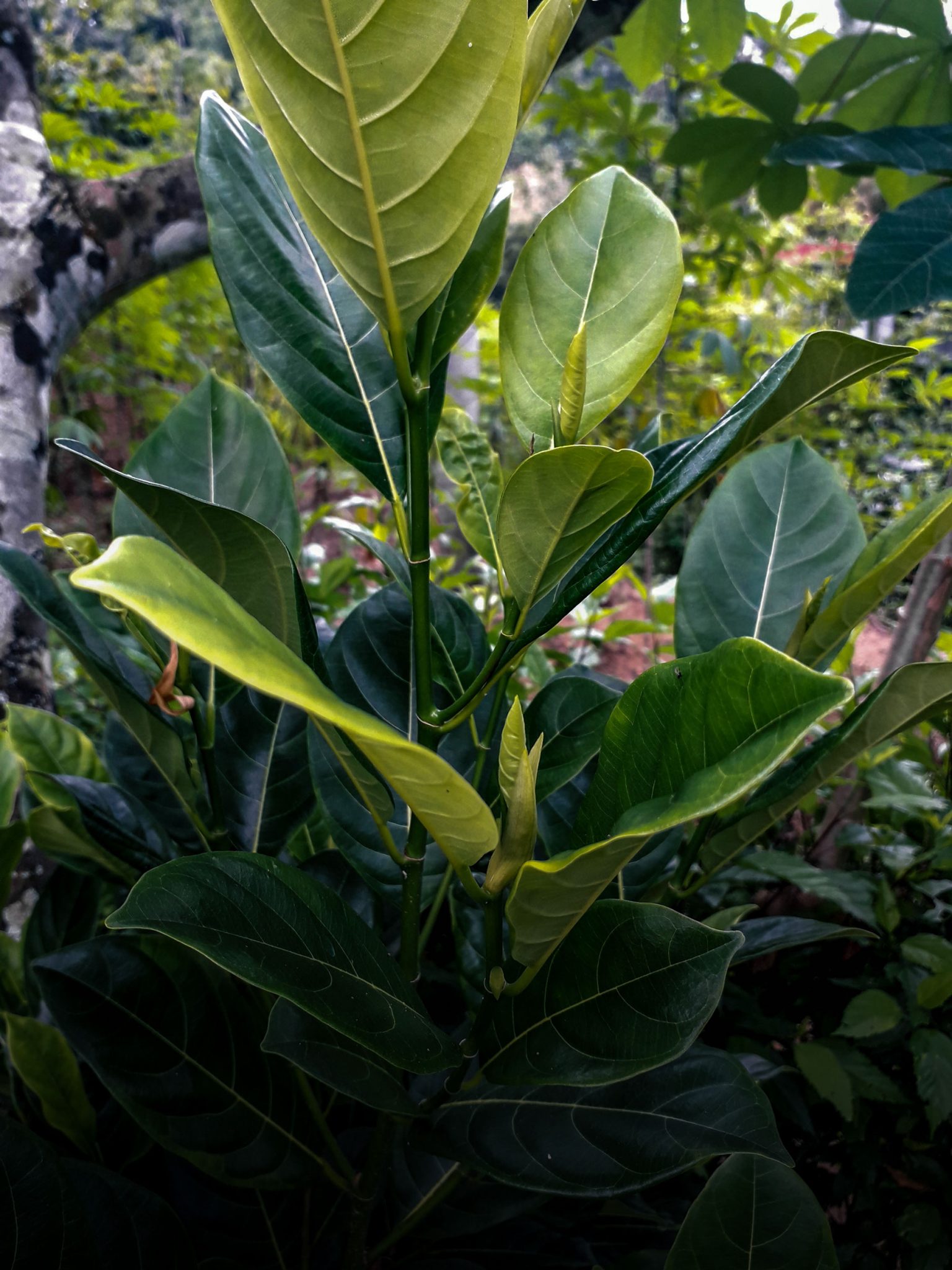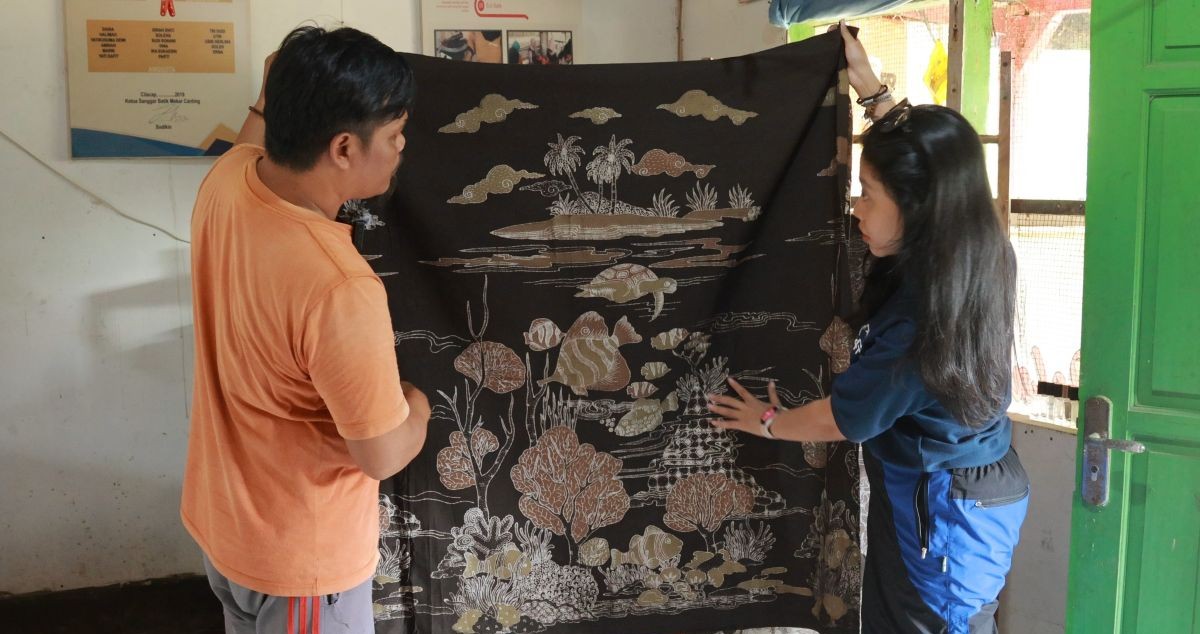Common Name |
Jack fruit |
Description |
The jackfruit tree is well-suited to tropical lowlands, and its fruit is the largest tree-borne fruit, reaching as much as 55 kg (120 lb) in weight, 90 cm (35 in) in length, and 50 cm (20 in) in diameter. A mature jackfruit tree can produce about 100 to 200 fruits in a year. The jackfruit is a multiple fruit, composed of hundreds to thousands of individual flowers, and the fleshy petals are eaten. Jackfruit is commonly used in South and Southeast Asian cuisines. The ripe and unripe fruit and seeds are consumed. The jackfruit tree is a widely cultivated throughout tropical regions of the world. |
Products |
Food: The pulp of young fruit is cooked as a vegetable, pickled or canned in brine or curry. Pulp of ripe fruit is eaten fresh or made into various local delicacies (e.g., ‘dodol’ and ‘kolak’ in Java), chutney, jam, jelly and paste, or preserved as candy by drying or mixing with sugar, honey or syrup. The pulp is also used to flavour ice cream and beverages, or reduced to a concentrate or powder and used for preparing drinks.
Timber: Wood is yellow at first, becoming red, with a specific gravity of 0.6-0.7. It is classified as medium hardwood. It is resistant to termite attack and fungal and bacterial decay and is easy to season. It takes polish beautifully. Though not as strong as teak, A. heterophyllus wood is considered superior to teak (Tectona grandis) for furniture, construction, turnery and inlay work, masts, oars, implements and musical instruments. |







